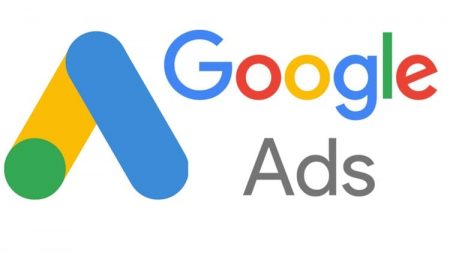 Complying with Google’s advertising policies is a step to start a successful and effective campaign.
Complying with Google’s advertising policies is a step to start a successful and effective campaign.
Have you prepared the content for your ad and already imagine how does your website attract visitors? This perspective looks very promising, but in order to make it happen, you need really good advertising and … Google acceptance. Your ad will have to meet certain standards – otherwise, it will be rejected, Google will suspend your domain, and in the worst case – will permanently suspend your account. Check what to do to avoid it.
What does Google require from ads?
Google Ads advertising policies focus on four different areas. This is: prohibited content, technical and editorial requirements, prohibited practices, and restricted content. In this text we will focus on editorial requirements – you can read about other categories in another of our previous entries.
Why are Google’s advertising policies?
Google’s advertising policies have been introduced to ensure convenience and user satisfaction on the one hand, and to make it easier for advertisers to run effective campaigns on the other. Each ad, prior to approval, is thoroughly verified for compliance with the current Google Ads advertising policies. Only after such verification can it appear to the eyes of Internet users.
Google expects advertisers to have legible, professional ads leading to content that meets their needs and interests. What exactly do these concepts mean to Google? What editorial requirements must the ad meet to be considered correct and valuable by Google?
Clear, understandable content
First of all, Google will require users to provide high-quality content. Advertisements must be clear, understandable and meaningful, as well as closely refer to the nature of the company’s operations and the features of its products or services. The advertising text must be based on specific, clear promotion rules, it can not be too vague. It must contain correct data (including, first of all, name and address), as well as high-quality graphical, video or audio elements. Quite importantly, Google expects both great quality in the ad itself and the content on the landing page.
Easy identification
Each ad must contain the names of promoted products or services. This also applies to animated ads – in their case, the data enabling the identification of the company and products may appear, for example, in the last frame of the film. The text is too vague, also one that seems incomplete or cut.
Transparent style and spelling
Google expects ads that display content that’s intended for their purpose. This means that in the ad text there can not be any content that is not promotional in nature. Google will also punish misuse of other ad units – e.g. placing a phone number in the ad text, using the URL field as additional ad text, etc.
Google’s requirements also include style and spelling – ads with exclamation points in the headline, ads using numbered lists, ads using repetition and other “showy” treatments will be rejected. Quite importantly, ads can not use very vague calls to action (e.g., “click”, “see here”). Advertising texts must not contain excessive spaces. Spelling and grammatical mistakes are also not allowed – the exception is incorrect spelling functioning as part of trademarks, brand names or products, which consistently appears in this form on the website and application.
Relevant requirements will also apply to image and multimedia ads. They must be matched to their size, but they can not, for example, blink or flash too much. Sounds as well as video images should be turned off by default, however, in general, they are allowed.
No capitalization
Google also dislikes the incorrect use of capital letters – excessive use, or, for example, the use of uppercase letters alternating with small letters. The exception is the use of capital letters in the area of trademarks, brand names and products, as well as commonly used abbreviations or coupon codes.
No use of symbols
Google may also reject your ads due to the use of unacceptable symbols. He will not like the exclamation marks in the headline, but also the ad text, repeated punctuation, symbols, numbers, letters used outside his normal meaning (e.g, “@” instead of “a”). The exceptions will of course be signs and symbols used in the area of trademarks or brand names, as well as symbols used in a generally acceptable way – e.g. the symbol “*” as a standard designation of a hotel.
Why should you adapt to Google’s requirements?
It’s important to implement Google Ads advertising requirements. Google wants to help advertisers reach potential customers and audiences, but must also keep in mind their needs and comfort. That’s why, when developing Ads advertising policies, it takes into account many different factors that we should meet. Undoubtedly, it is worth having them in mind, because, as we know, non-compliance with Google’s rules may cause the advertisement to be rejected, in the worst case Google will suspend our domain or permanently suspend our account.
It’s a bit like in the case of the positioning itself – if we want our website to be highly visible in the search engine, we must adapt to the criteria of the California tycoon. However, failure to apply certain rules and principles may result in penalties such as filter (lowering the position of certain words, phrases or proper names) or ban (removal from the search engine).
Picture Credit: Google
